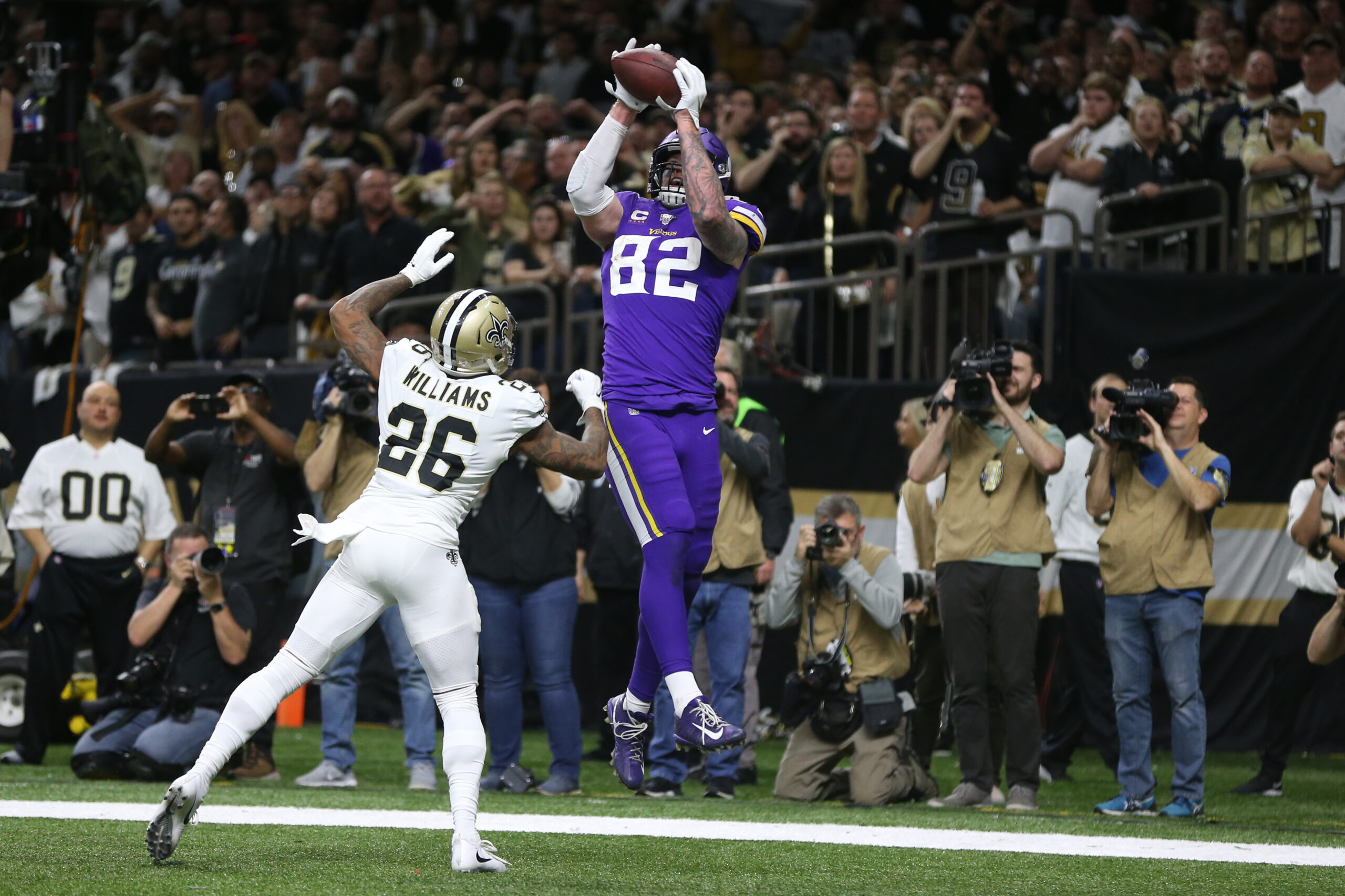The Minnesota Vikings won in overtime over the New Orleans Saints on Sunday, and there were two main story-lines. The first was the offensive pass interference non-call, ironically in a Saints playoff game, and the second was all over Twitter: the NFL overtime rule.
Frankly, the overtime rule doesn’t need to change, despite all the uproar from the Wild Card playoff game this past weekend.
The NFL established overtime in 1973 to limit ties in the regular season. It began as sudden death, where the first team that scored won the game. Fans and the media grumbled over how marching into the opponents’ territory and getting a field goal was unfair because the opponent then wouldn’t get an opportunity to tie the game with a field goal or win with a touchdown in response. Then, in 2012, the NFL modified sudden death to it being only sudden death if a touchdown is scored on the first possession. Any first-possession field goals give the opposing team a final shot.
Still, there is a complaint with that. On the surface, a coin flip shouldn’t determine the outcome of a football game. You shouldn’t have your fate decided by a 50-50 chance. There’s one question to be asked, though. Is it really a 50-50 chance determining the outcome of games, and if so, how many games are being decided by a flip of a coin?
Since 2012, 137 games have gone into overtime. Of those games, 16 have ended in a tie, and one has ended in a two-point margin. In addition to those two, 80 have resulted in a margin of three points. That means 97 of the games have resulted in a final score in which both teams had at least one opportunity to score in overtime. That’s a minimum of 70.8 percent of all overtime games.
That leaves the overtime games that were the result was a difference of a touchdown.
A large percentage of those were decided on the first possession. There have been 40 overtime games that were decided by a touchdown. Only 10 of those were after the first possession of overtime. That leaves 30.
There are two problems with needing to correct the overtime rule in this. First, there have been more than triple the number of games decided by three points or less than that those that have been decided by the team that had the ball first scoring a touchdown. Second, the number of overtime games that end on a first possession touchdown only represents 21.9 percent of all overtime games that have been played since 2012.
That’s actually down in comparison to the prior eight years. From 2004 to 2011, there were 122 overtime games played, and 30 of them were won on the first possession by a field goal. That’s 24.6 percent of all overtime games in that timeframe decided by a coin toss and only needing a field goal, which is easier to achieve than a touchdown.
Adapting the college rule makes no sense at all. Sure, it guarantees both teams the same number of opportunities to score, but that takes the field position game away from the game, and that’s not good.
The other option would be to make the overtime period just another period and play it all the way through. Since the NFL and the television networks are partners in this endeavor, that will never happen, because it will encroach too much on the network programming. In the end, the modified overtime is the best solution we have, and there’s no need to change it.







